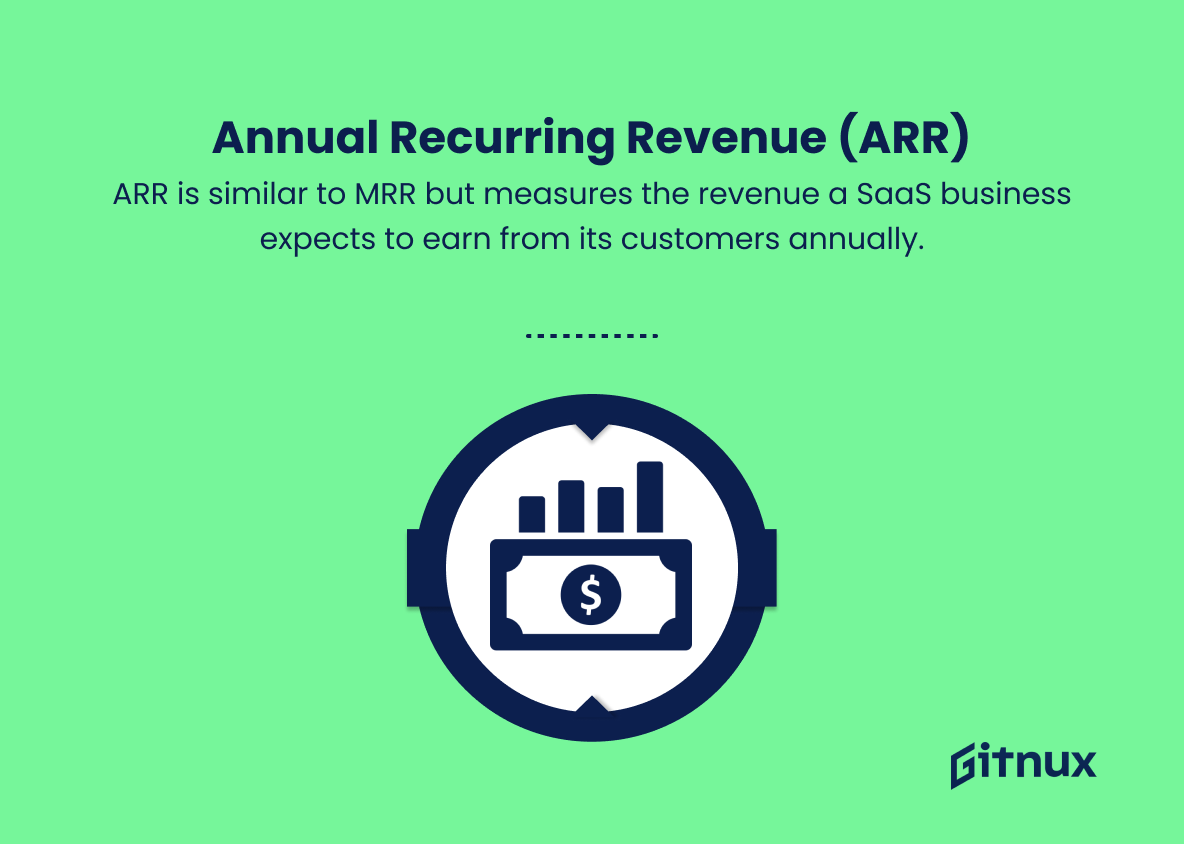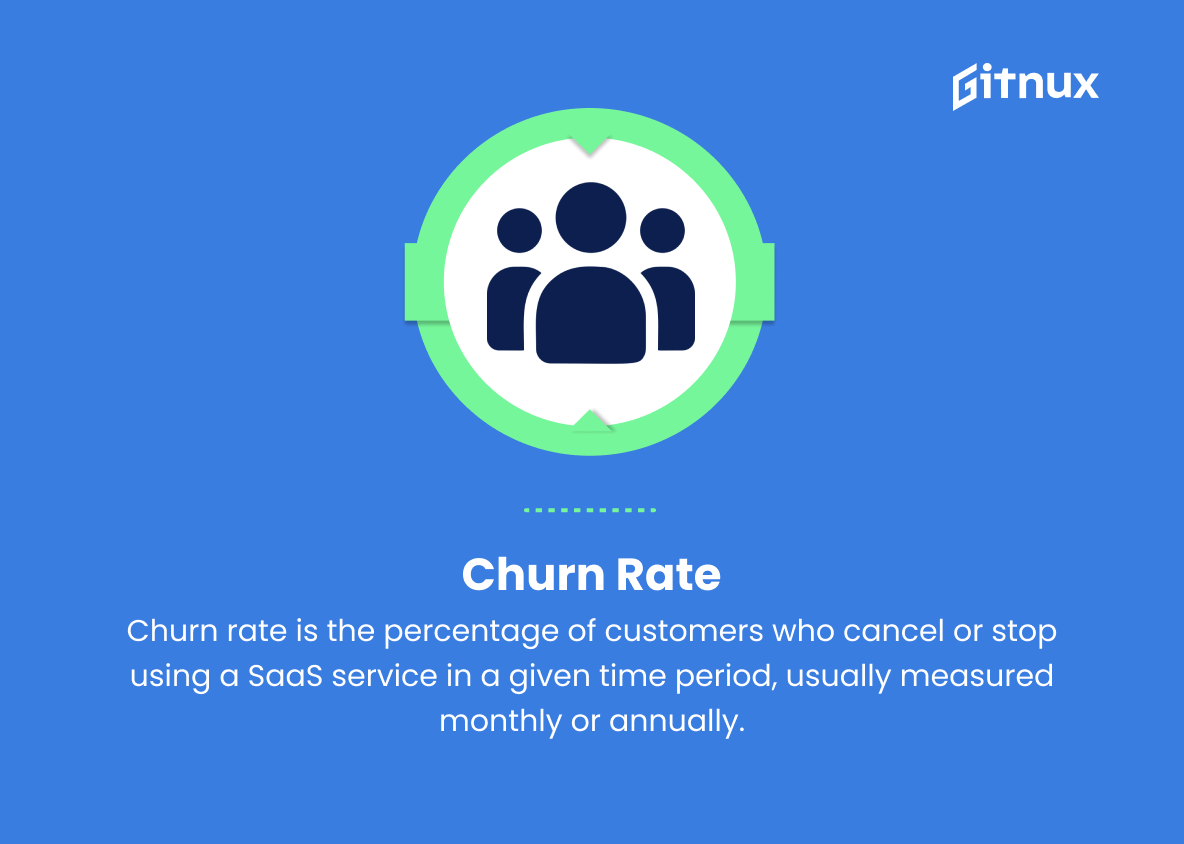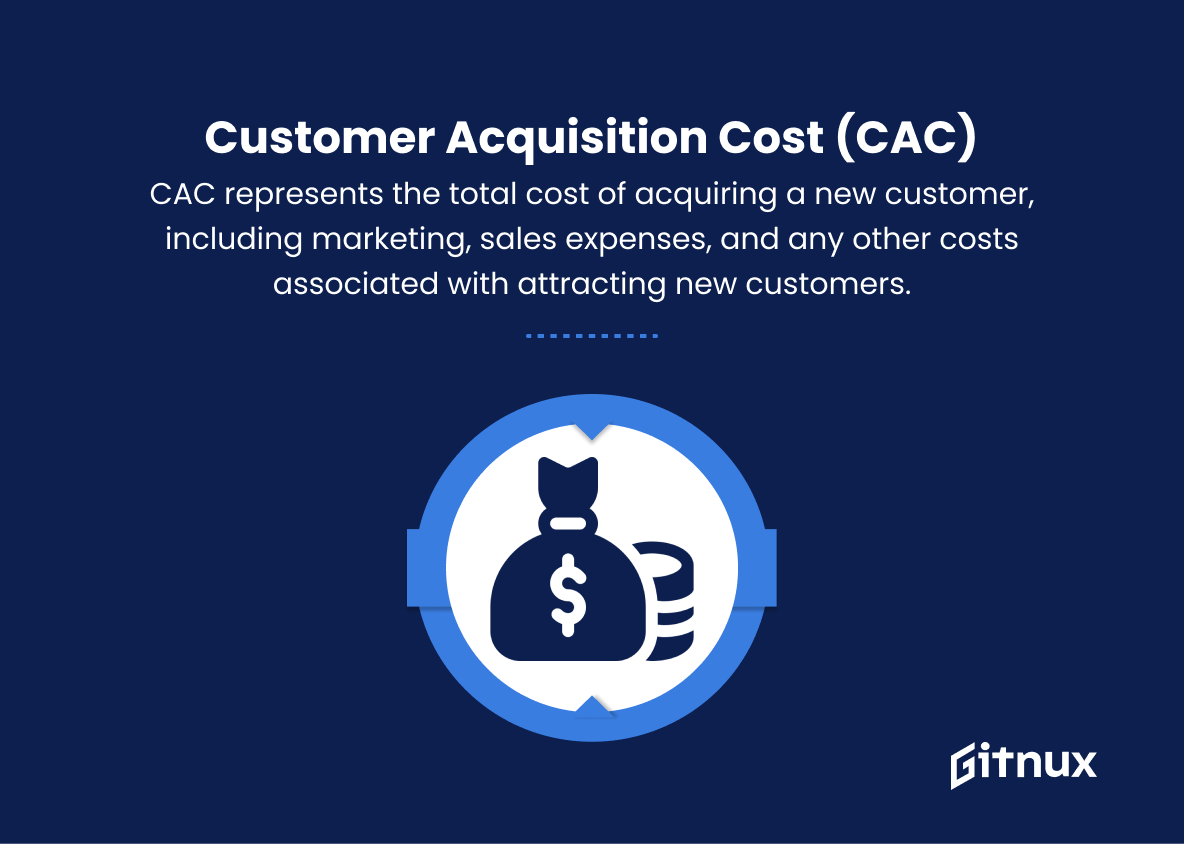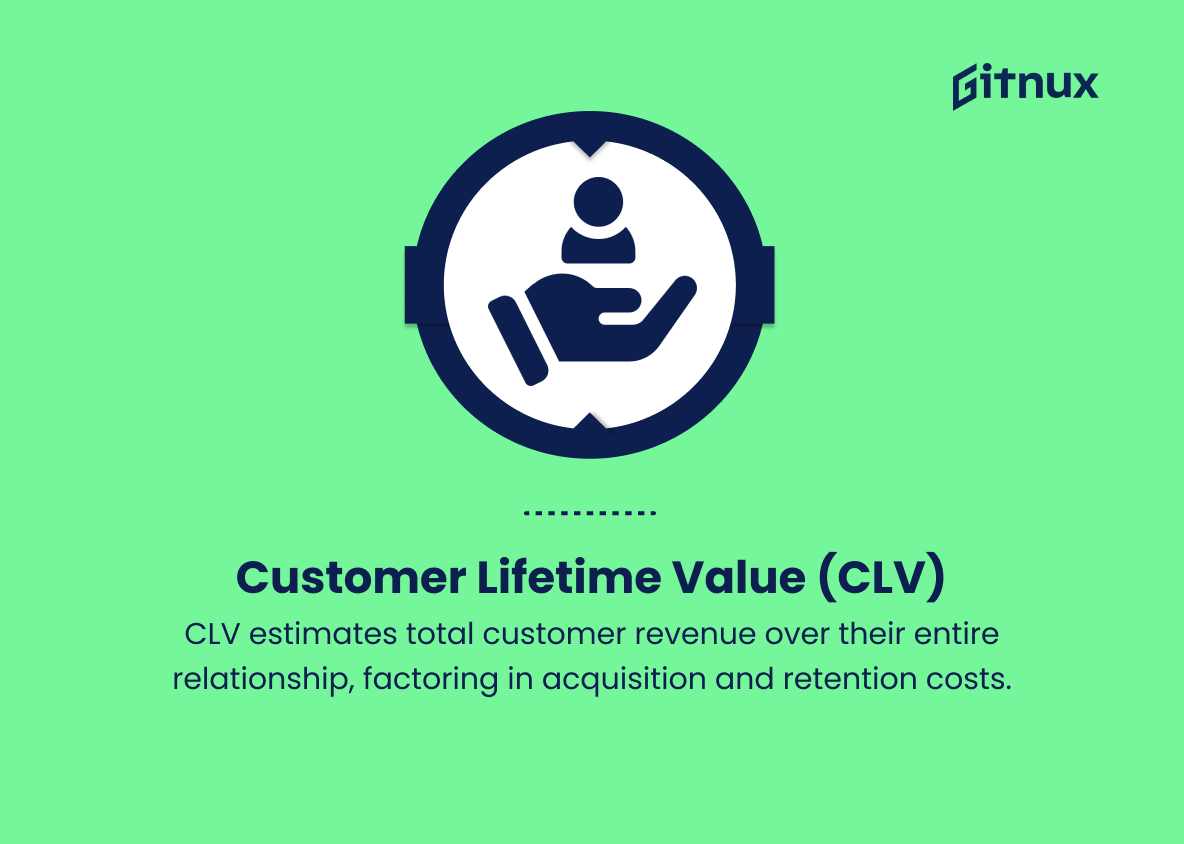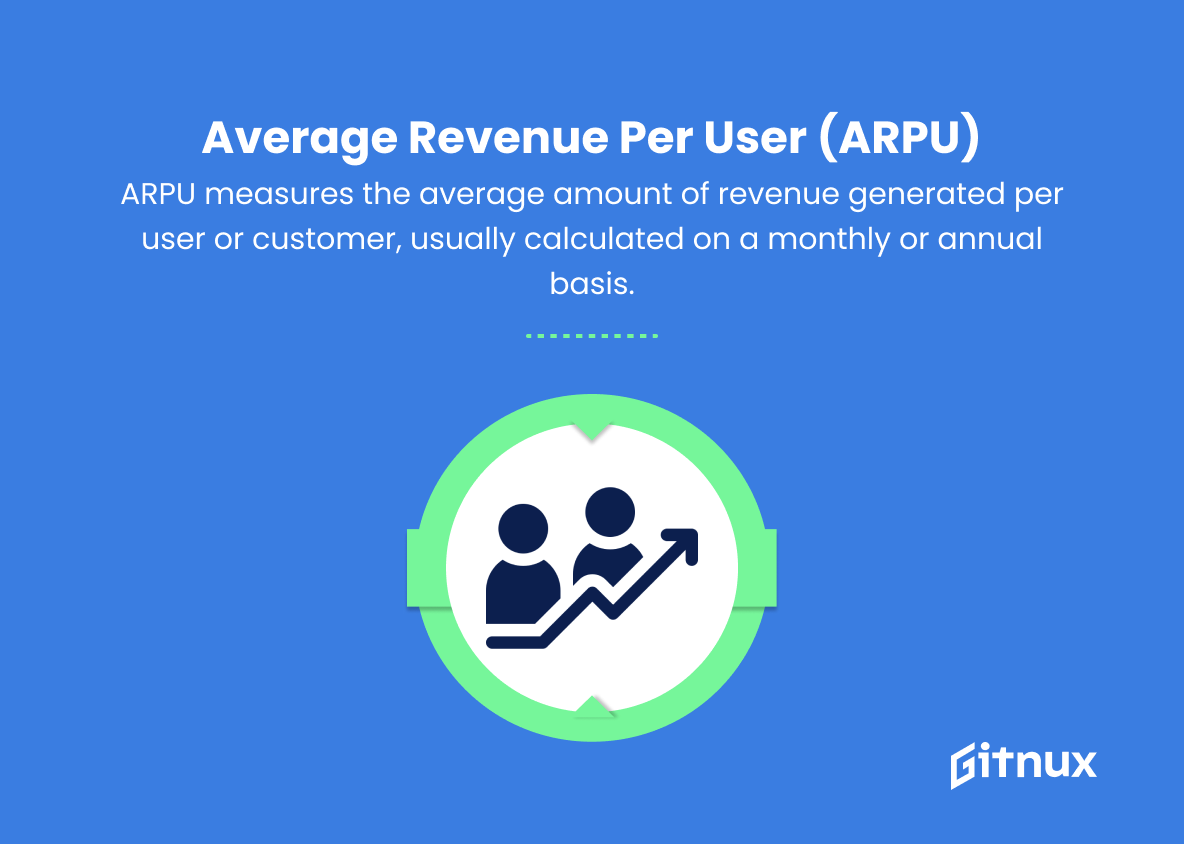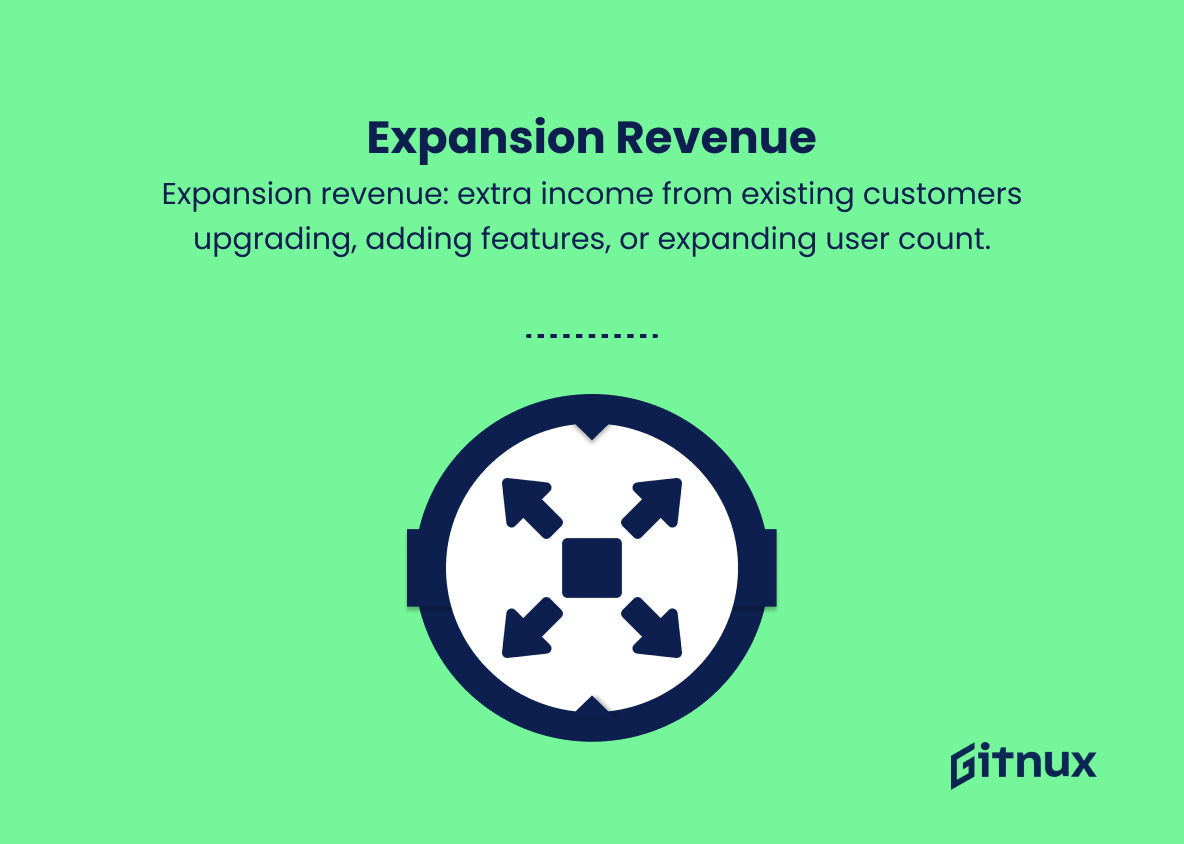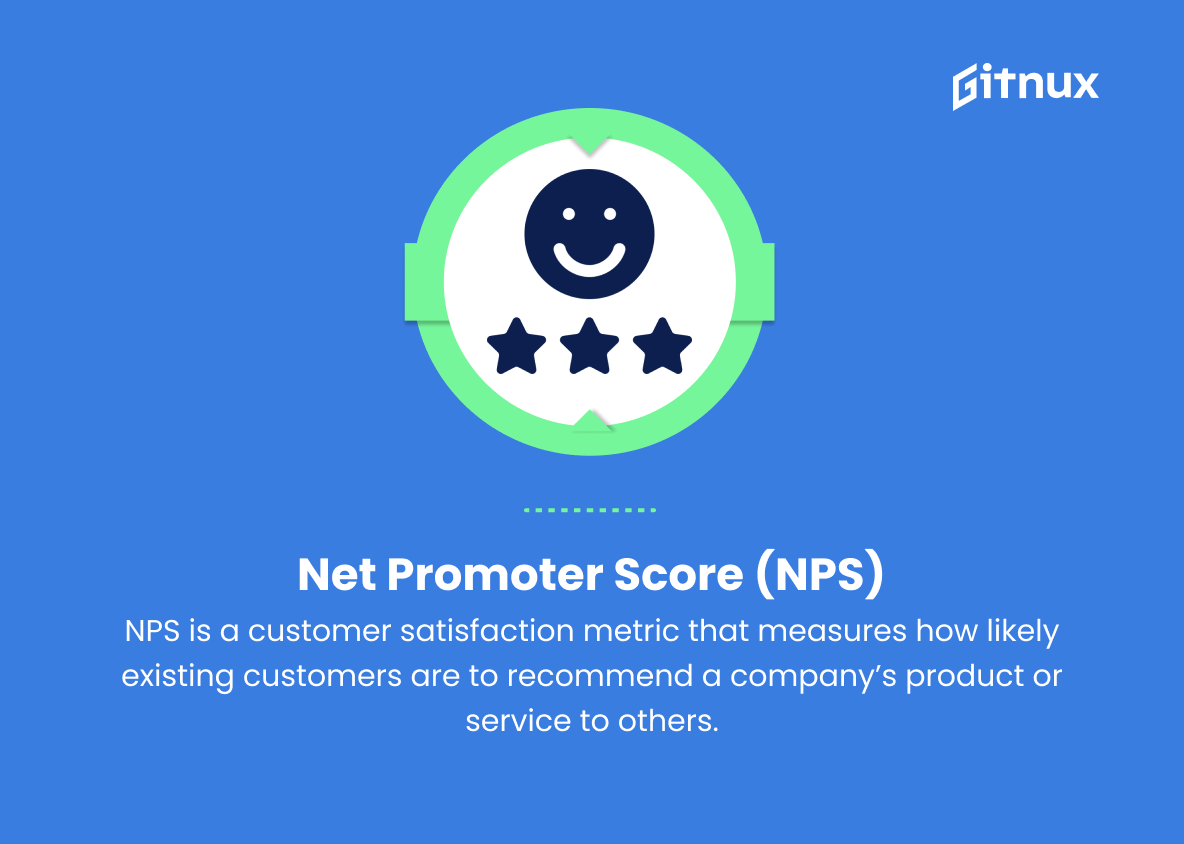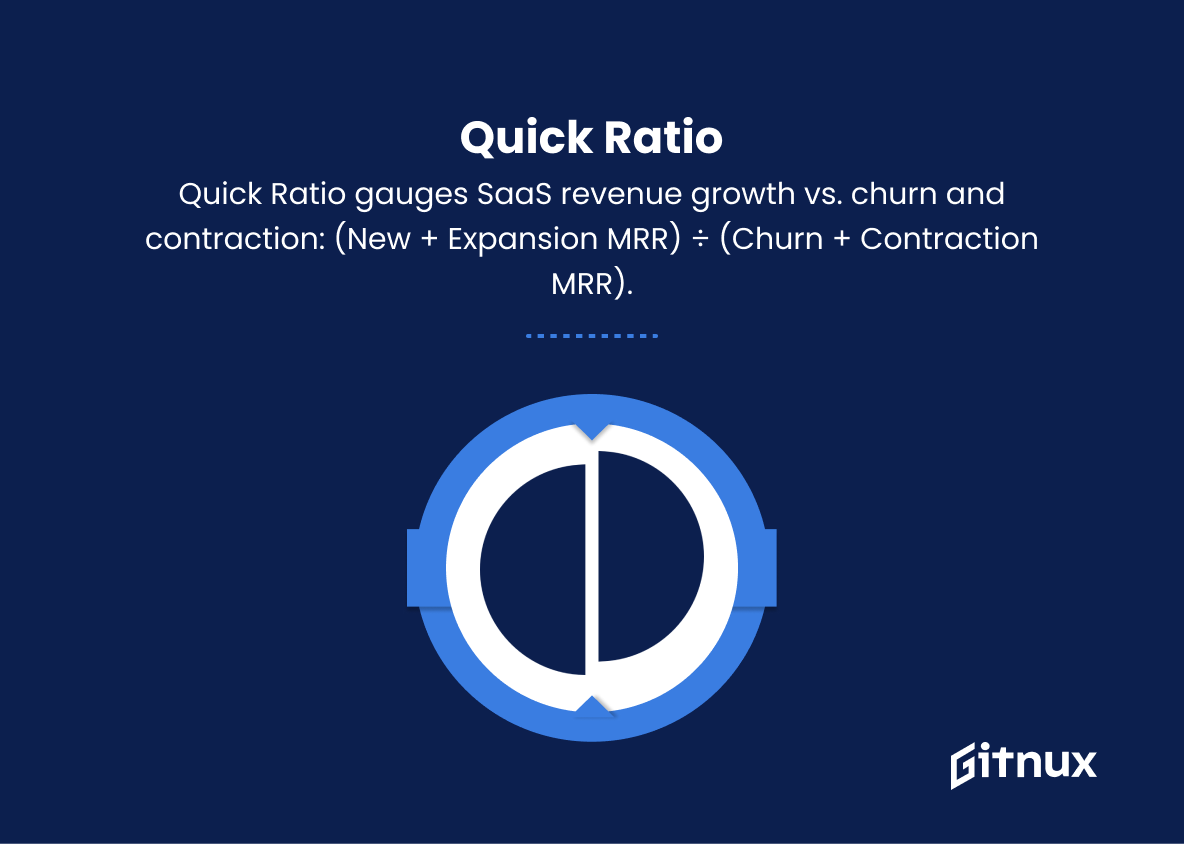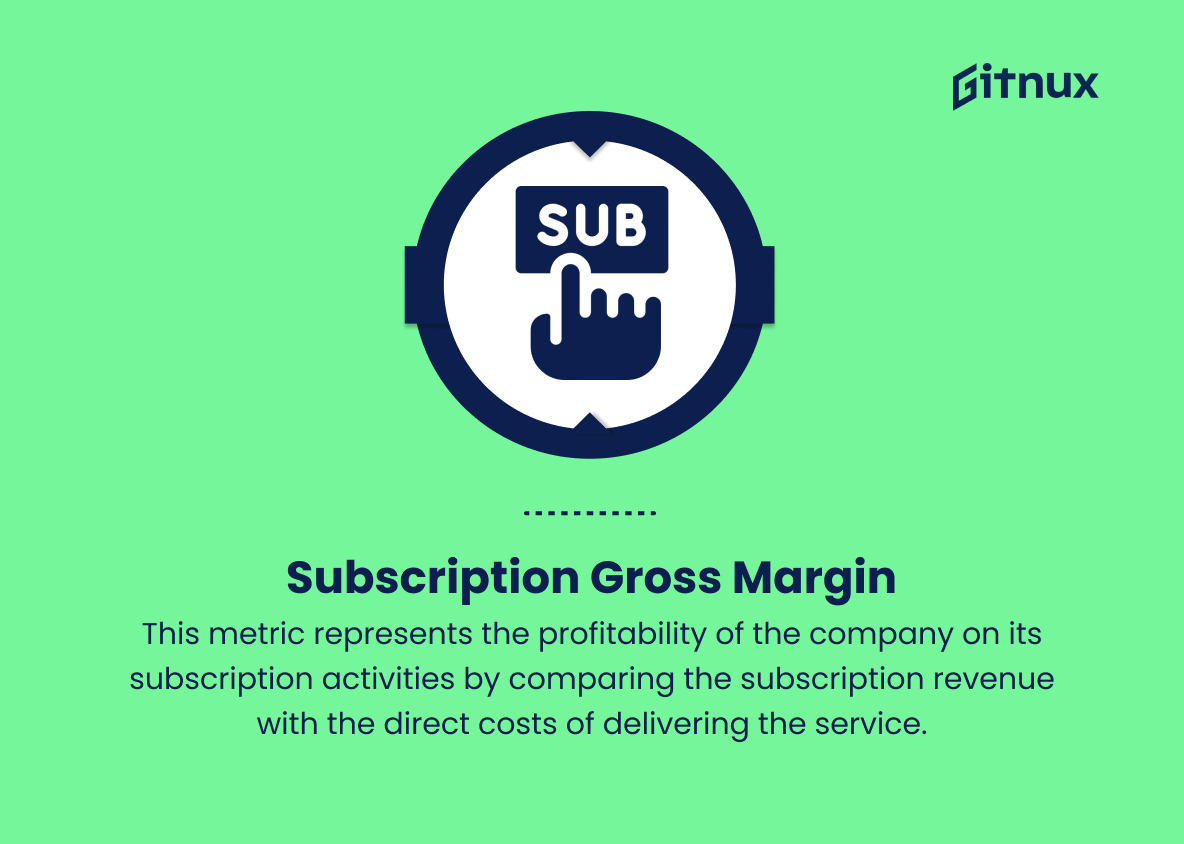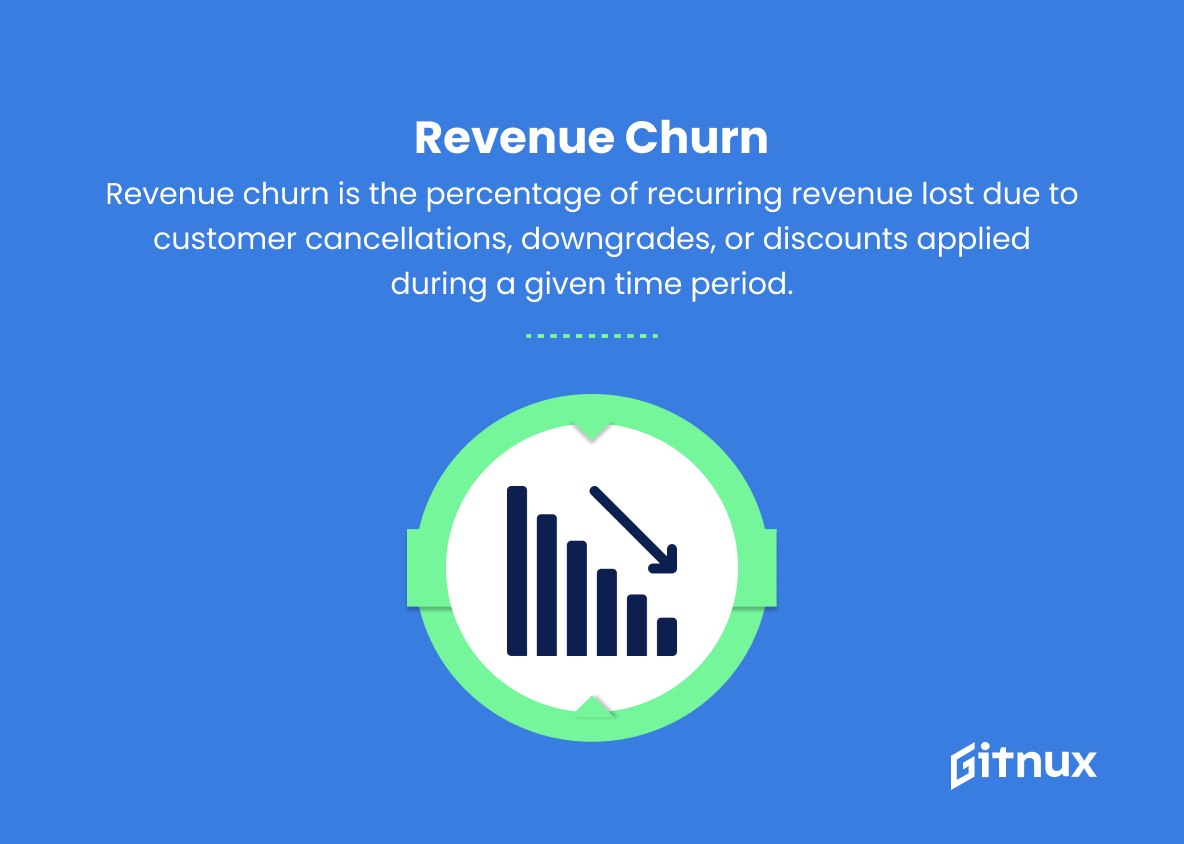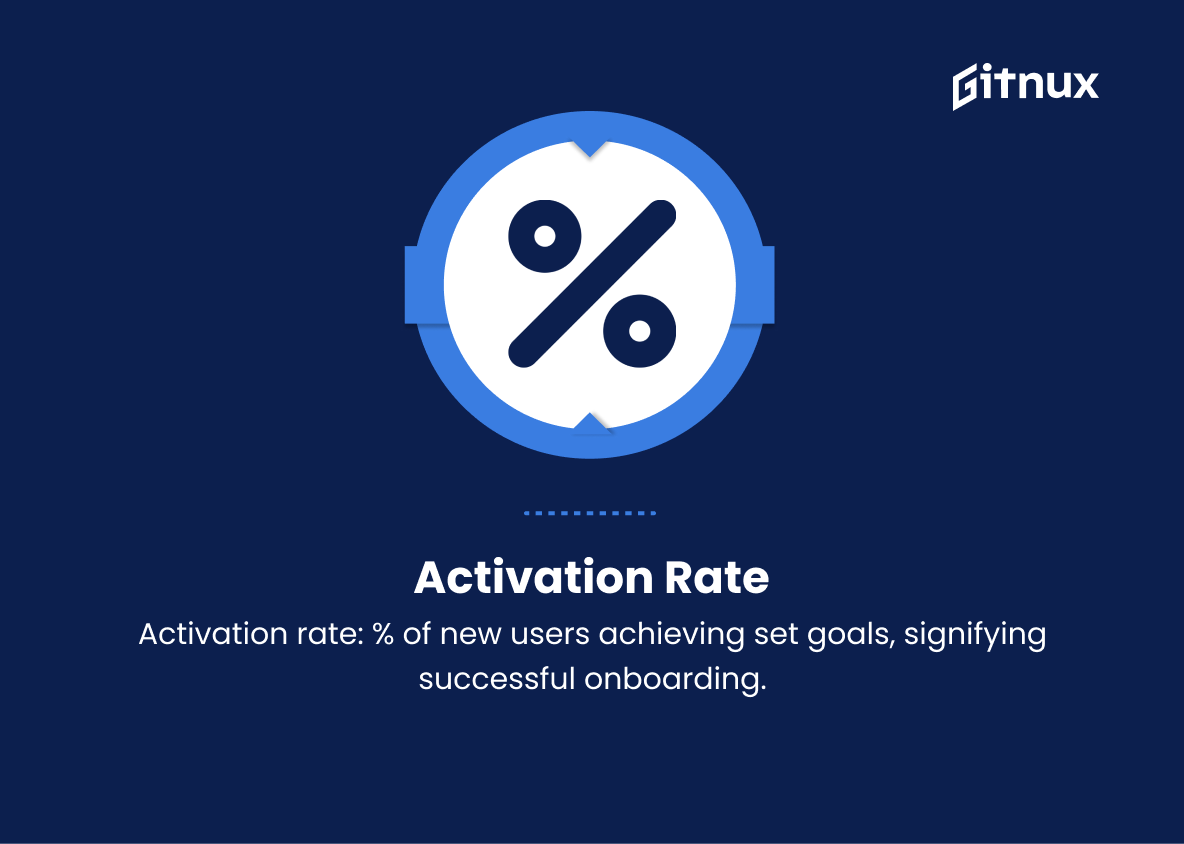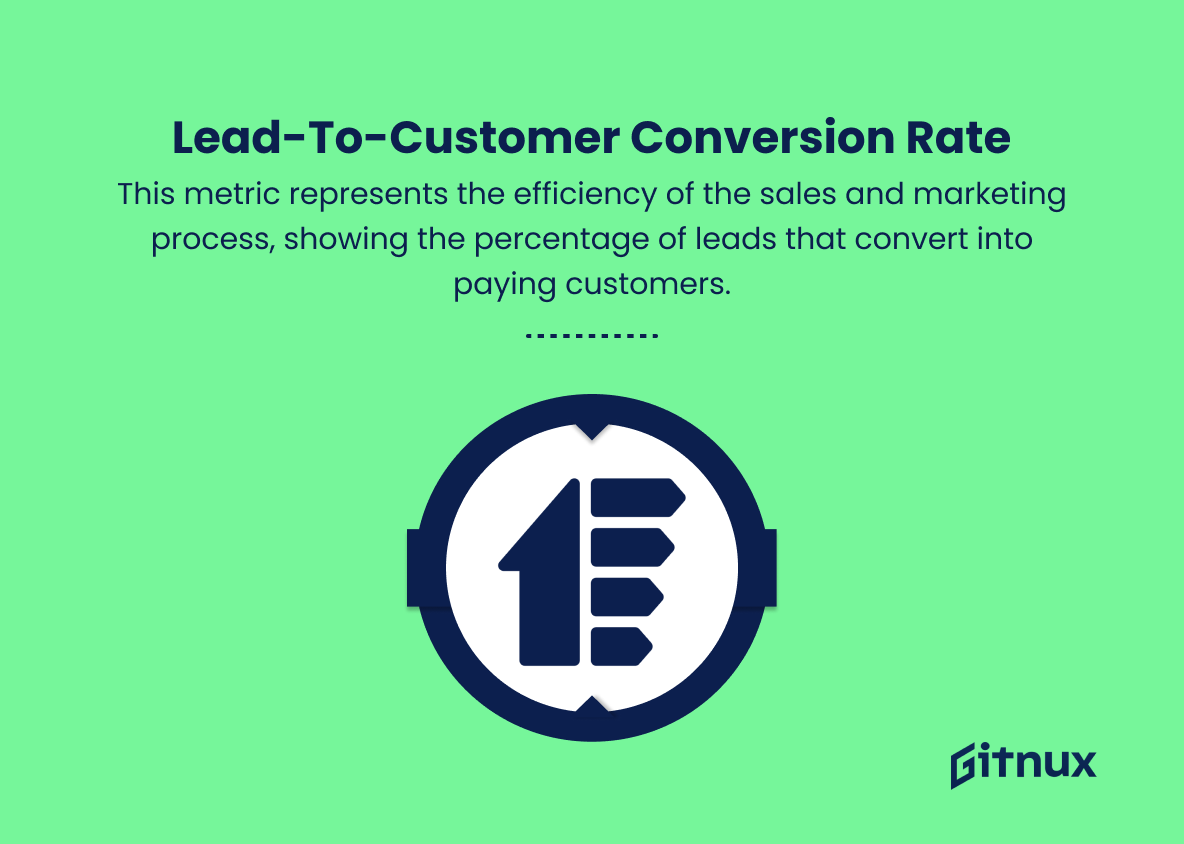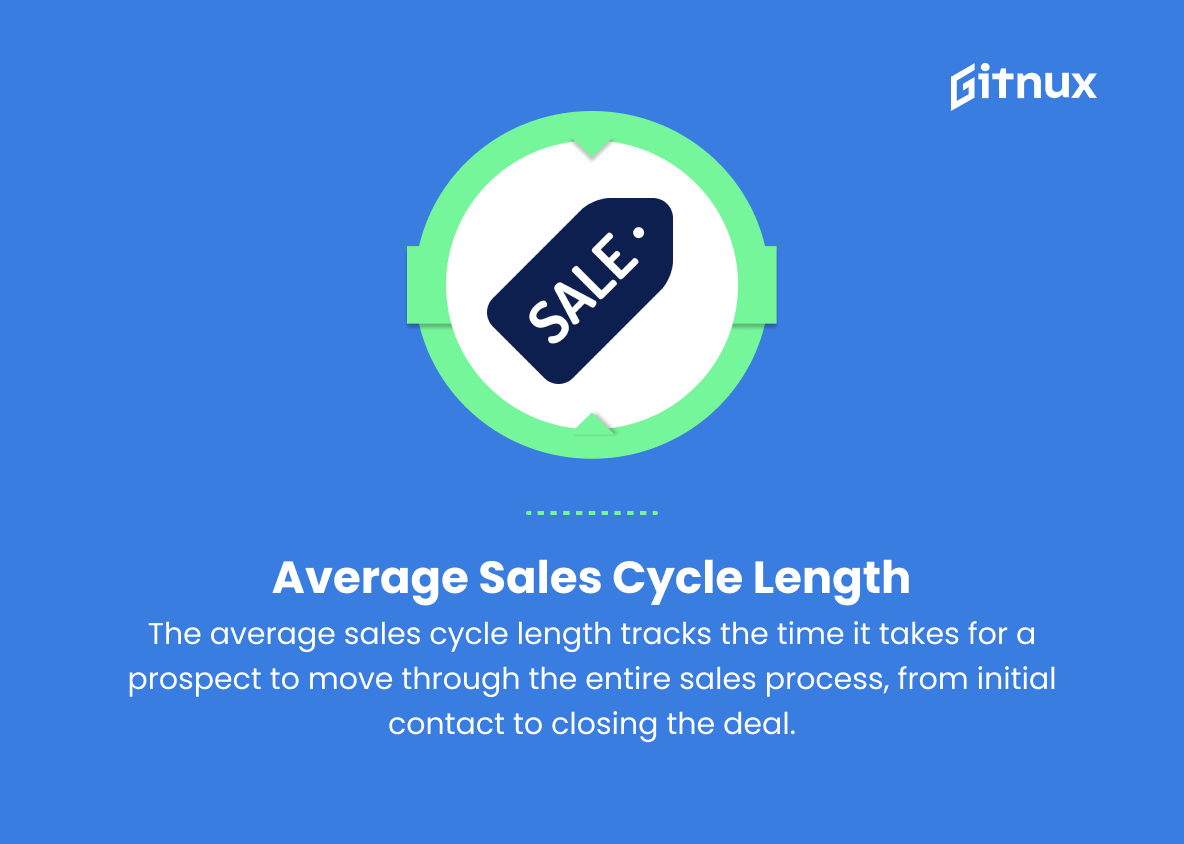In today’s rapidly evolving business landscape, Software as a Service (SaaS) offerings have emerged as a critical component in driving growth, innovation, and efficiency. As companies continue to rely more heavily on these services to refine their operations and optimize their customer experience, measuring the performance and impact of these solutions has become an integral piece of the puzzle. Enter SaaS metrics – the quantitative backbone that helps businesses gain valuable insights and keep a close eye on their SaaS investments.
In this blog post, we will delve into the world of SaaS metrics, exploring their importance, intricacies, and best practices to equip you with the knowledge you need to navigate this ever-changing terrain with confidence and precision.
SaaS Metrics You Should Know
1. Monthly Recurring Revenue (MRR)
MRR measures the total amount of predictable revenue that a company expects to receive every month from its paying subscribers.
2. Annual Recurring Revenue (ARR)
ARR is similar to MRR but measures the revenue a SaaS business expects to earn from its customers annually.
3. Churn Rate
Churn rate is the percentage of customers who cancel or stop using a SaaS service in a given time period, usually measured monthly or annually.
4. Customer Acquisition Cost (CAC)
CAC represents the total cost of acquiring a new customer, including marketing, sales expenses, and any other costs associated with attracting new customers.
5. Customer Lifetime Value (CLV)
CLV estimates the total revenue a company can expect to earn from a customer throughout the entire duration of their relationship, taking into account the costs of acquisition and retention.
6. Average Revenue Per User (ARPU)
ARPU measures the average amount of revenue generated per user or customer, usually calculated on a monthly or annual basis.
7. Retention Rate
Retention rate measures the percentage of customers who continue using a SaaS service over time, indicating customer satisfaction and loyalty.
8. Expansion Revenue
Expansion revenue is the additional revenue generated from existing customers when they upgrade to higher-tier plans, purchase additional features or services, or expand their user count.
9. Net Promoter Score (NPS)
NPS is a customer satisfaction metric that measures how likely existing customers are to recommend a company’s product or service to others.
10. Quick Ratio
The Quick Ratio measures a SaaS company’s ability to grow revenue while managing customer churn and contraction. It is calculated as (MRR from new customers + expansion MRR) ÷ (churned MRR + contraction MRR).
11. Subscription Gross Margin
This metric represents the profitability of the company on its subscription activities by comparing the subscription revenue with the direct costs of delivering the service.
12. Revenue Churn
Revenue churn is the percentage of recurring revenue lost due to customer cancellations, downgrades, or discounts applied during a given time period.
13. Activation Rate
Activation rate measures the percentage of new users or customers that complete a defined set of actions or reach a specified goal, indicating successful onboarding and engagement with the product.
14. Lead-to-Customer Conversion Rate
This metric represents the efficiency of the sales and marketing process, showing the percentage of leads that convert into paying customers.
15. Average Sales Cycle Length
The average sales cycle length tracks the time it takes for a prospect to move through the entire sales process, from initial contact to closing the deal.
SaaS Metrics Explained
SaaS metrics provide valuable insights into the financial health, customer satisfaction, and overall performance of a software-as-a-service (SaaS) company. Metrics such as Monthly Recurring Revenue (MRR) and Annual Recurring Revenue (ARR) help businesses understand their predictable revenue streams and plan for growth. Churn Rate and Retention Rate are essential for identifying trends in customer satisfaction and loyalty, which can help inform strategies to reduce churn and increase retention.
Metrics such as Customer Acquisition Cost (CAC), Customer Lifetime Value (CLV), and Average Revenue Per User (ARPU) give insights into the profitability of a company’s customer relationships and can guide investment in acquisition and retention efforts. Expansion Revenue highlights opportunities for growth within the existing customer base, while Net Promoter Score (NPS) measures overall customer satisfaction and the likelihood of referrals. The Quick Ratio and Revenue Churn serve as indicators of a company’s ability to manage and sustain growth.
Subscription Gross Margin and revenue metrics, such as Activation Rate, Lead-to-Customer Conversion Rate, and Average Sales Cycle Length, provide a comprehensive view of a company’s financial performance and operational efficiency. Together, these SaaS metrics offer a powerful toolkit for evaluating and optimizing a SaaS business’s strategy and growth potential.
Conclusion
In conclusion, the world of SaaS metrics can seem complex and overwhelming, but understanding the key performance indicators is essential for any SaaS business to thrive. By monitoring acquisition, retention, and monetization metrics, businesses can refine their strategies and adapt to changing markets. Remember that every SaaS company is unique and should utilize the metrics most fitting for their business model and growth goals.
By keeping a comprehensive view of your data, it is possible to remain informed on your company’s overall health, thereby propelling your business to success. Stay vigilant on your metrics, and your SaaS business will continue to soar.

